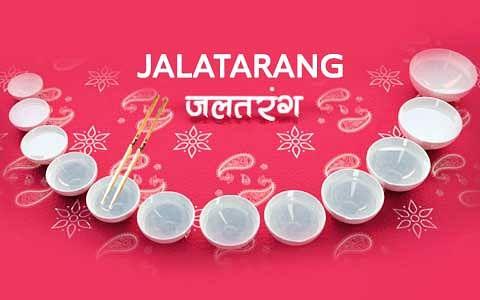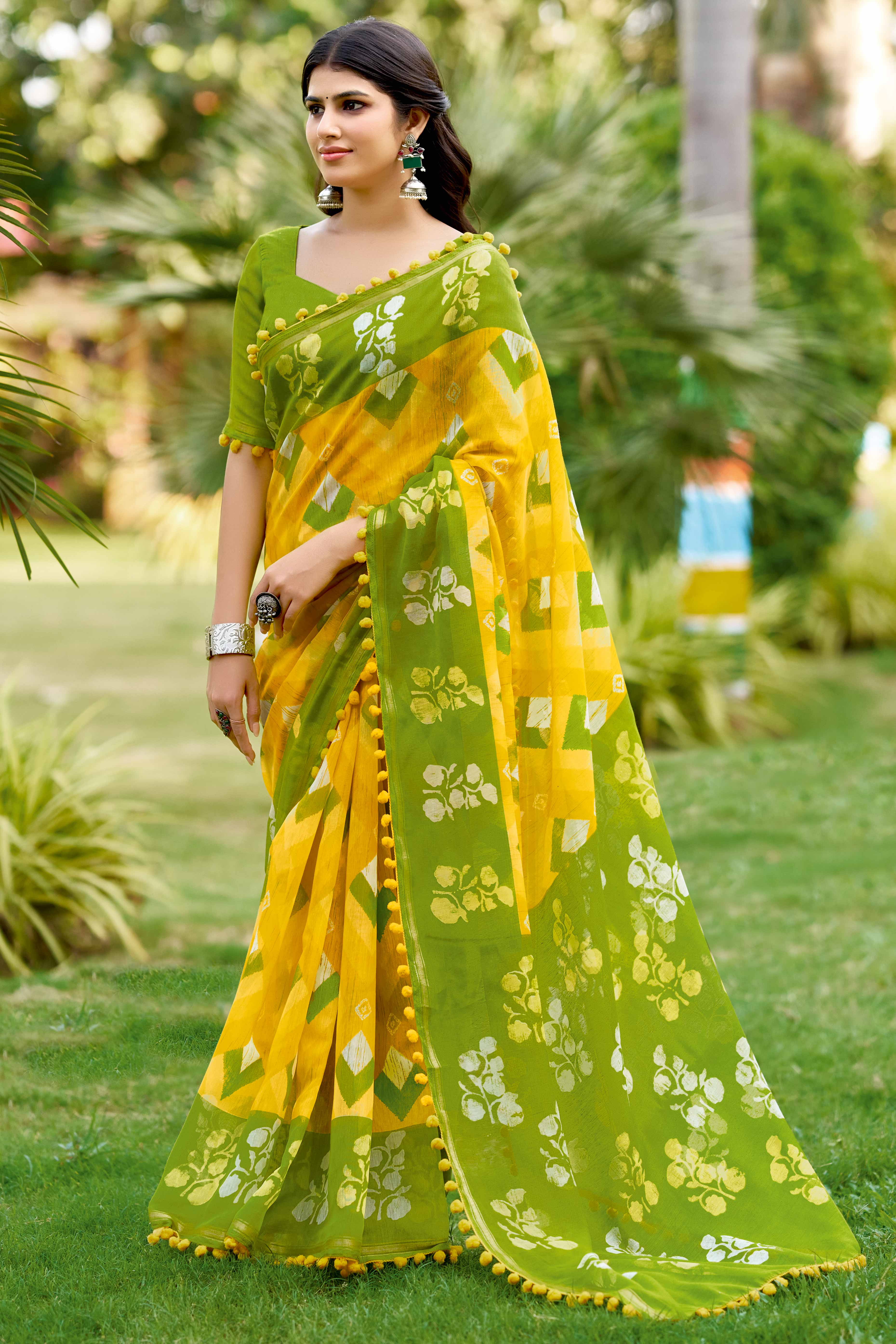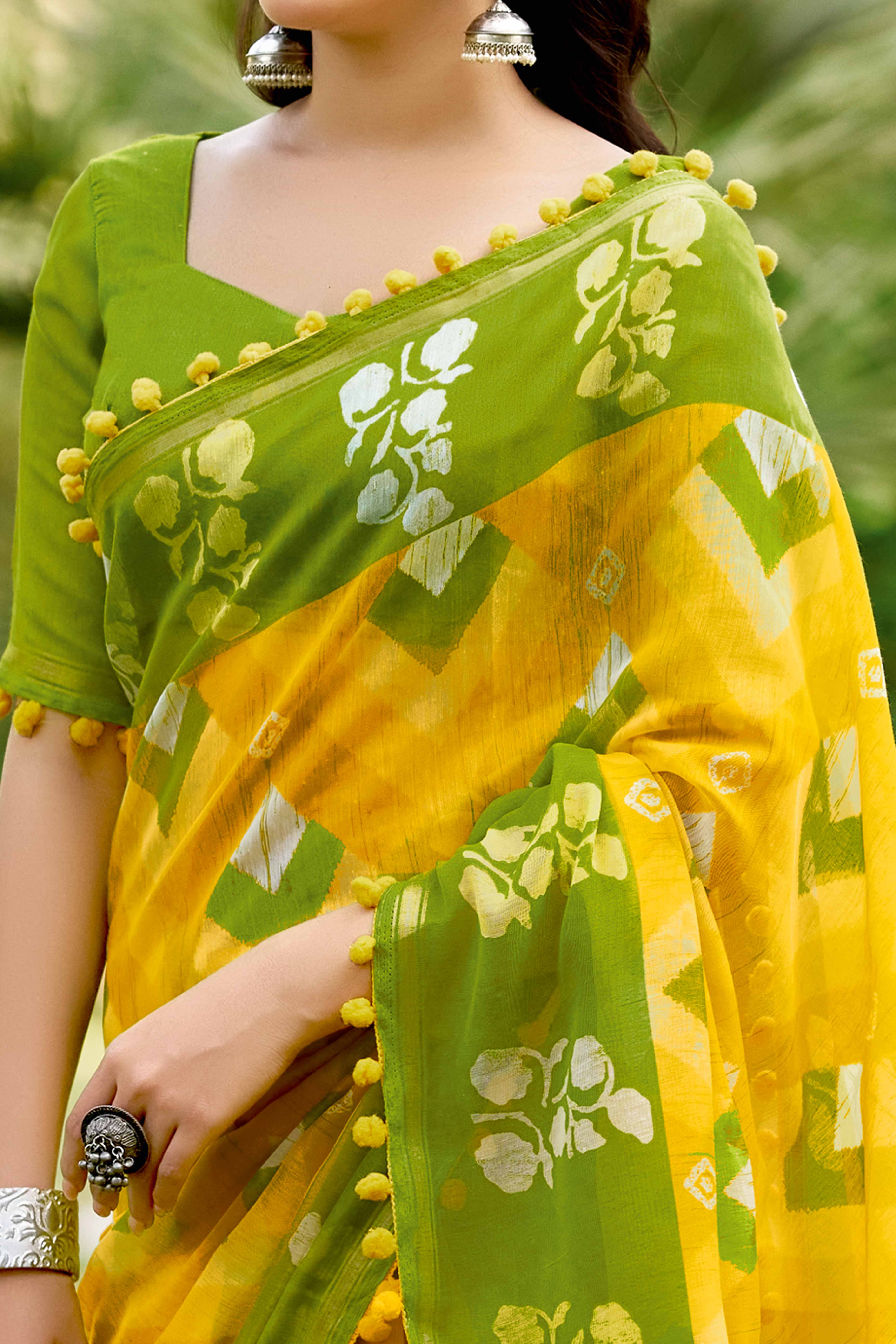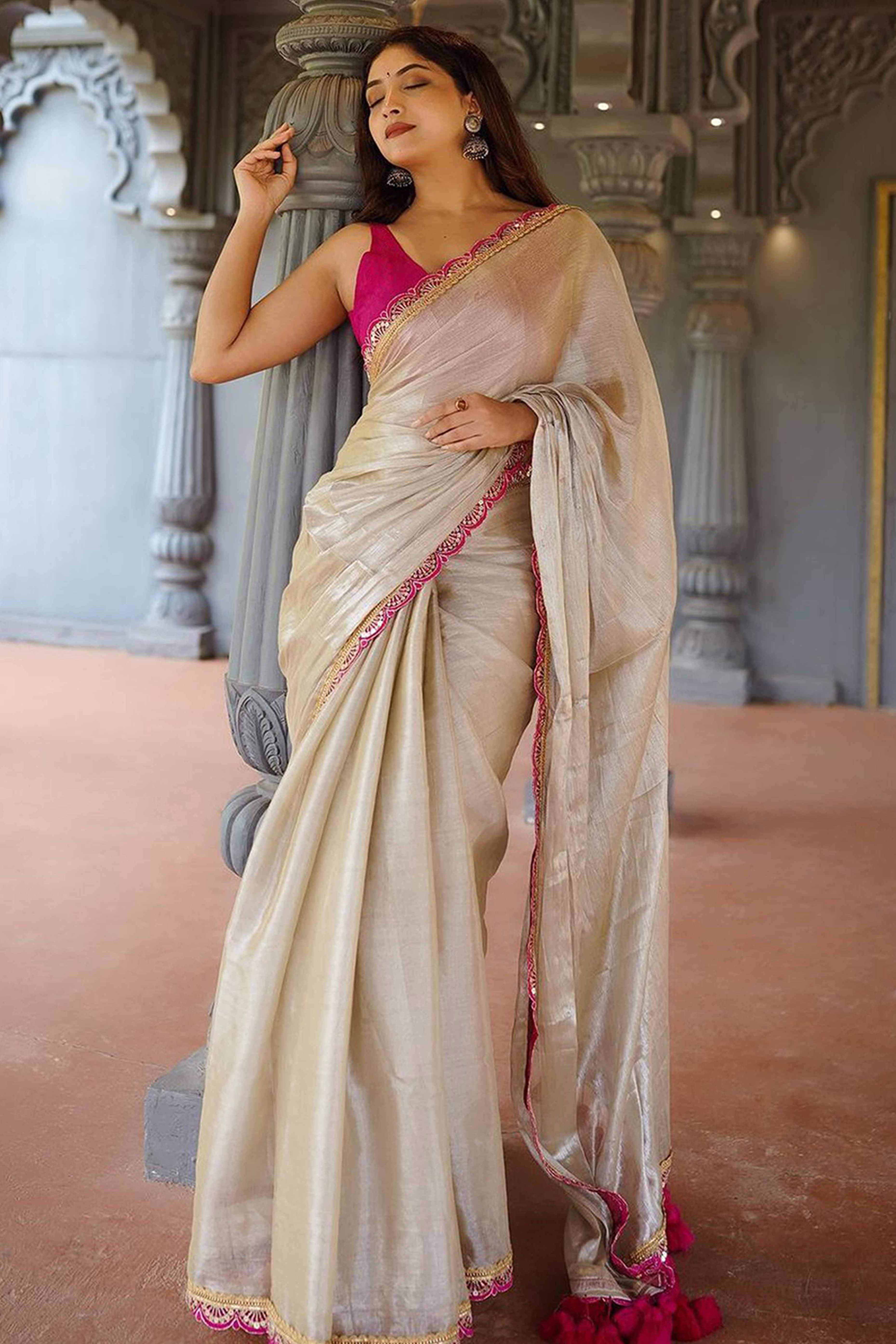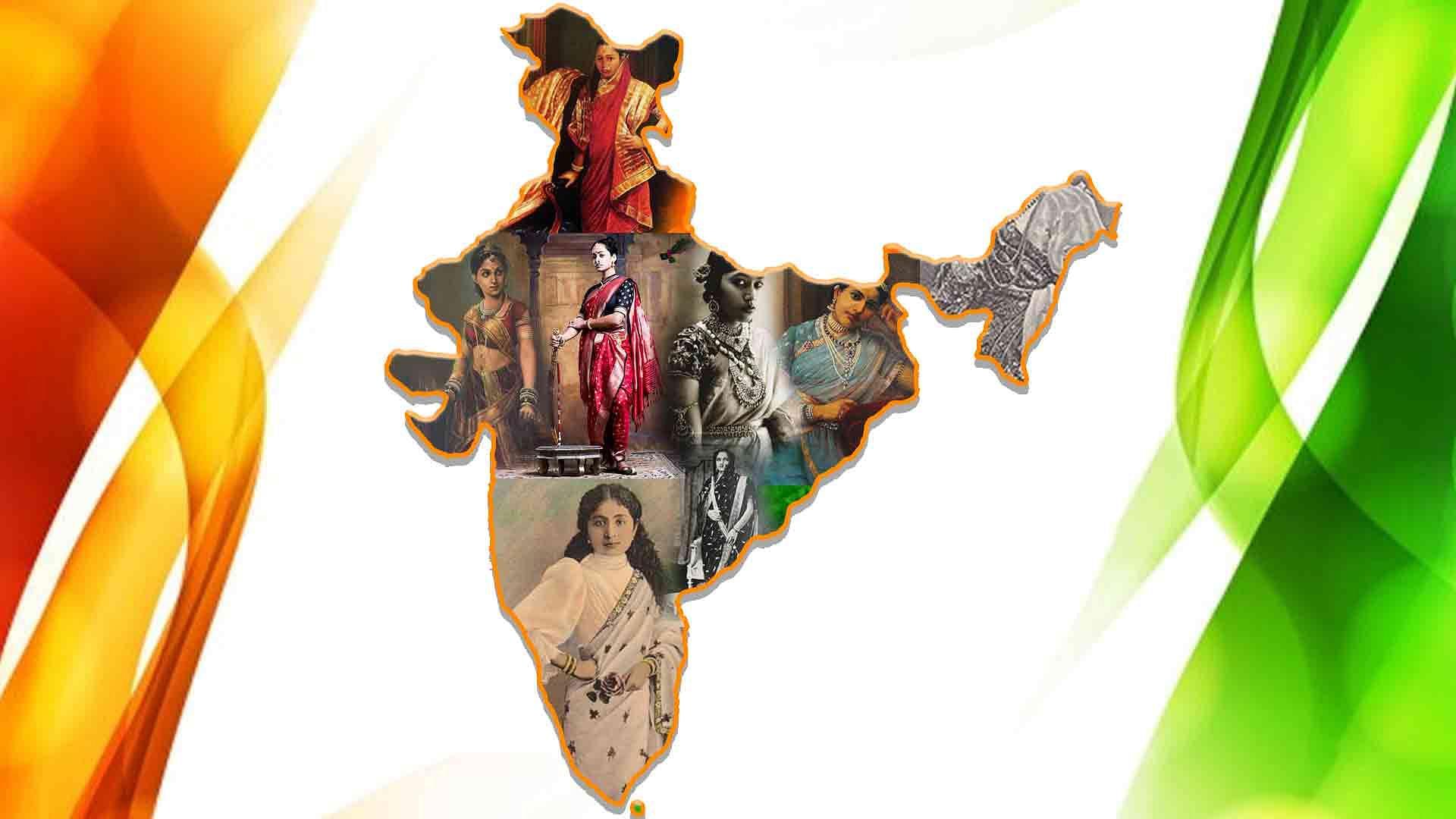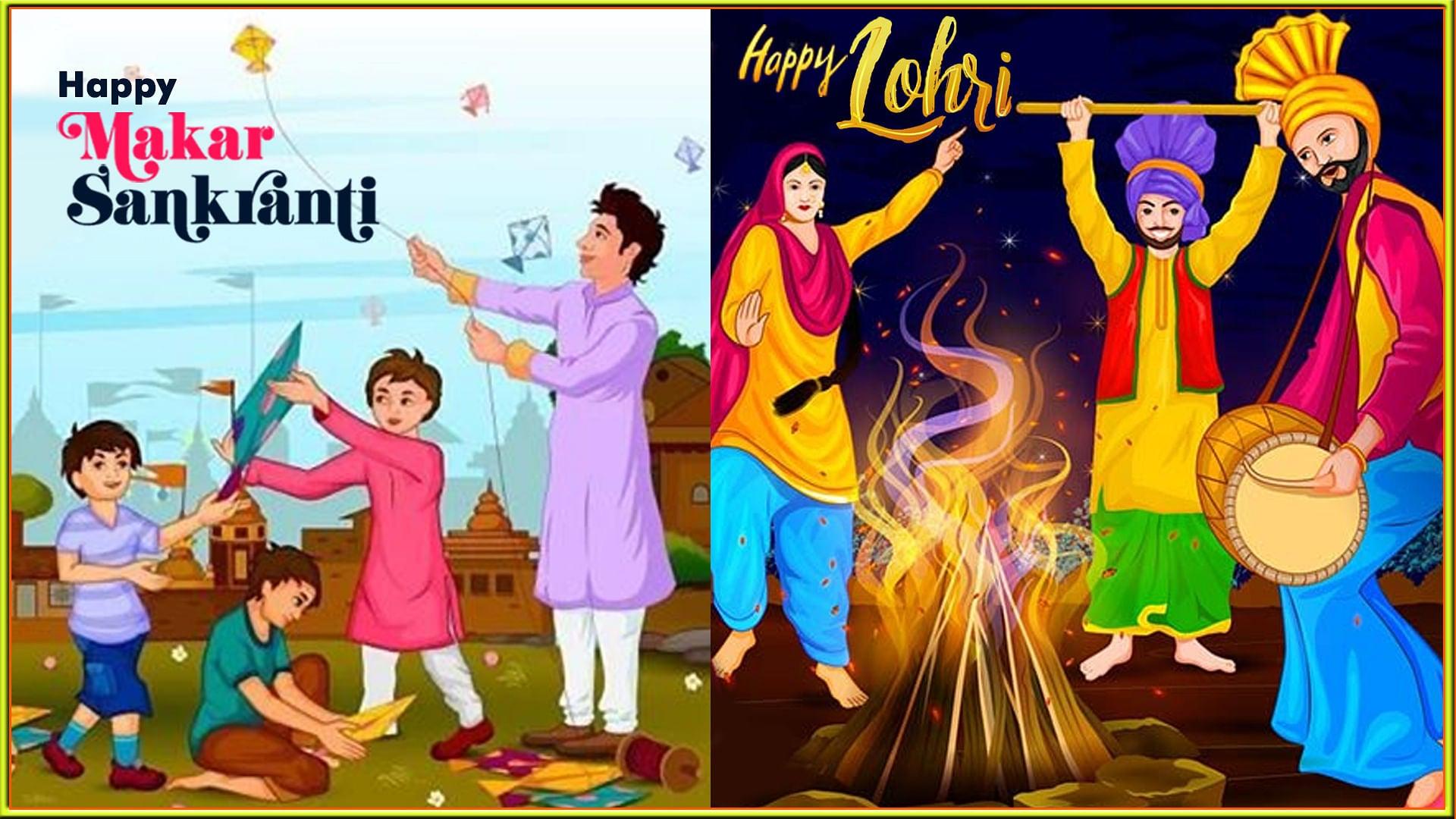Jal Tarang is a beautiful, melodious form of music that originated in the Indian Subcontinent. Today, Jal Tarang is one of the oldest musical instruments in the world. Essentially, the name Jal Tarang is water (jal) and tarang meaning waves/ripples in water. This percussion instrument was first believed to have been developed in the 17th century.
It is believed that Alexander was so mesmerised by the melody of the sound produced by this instrument that on his return to Macedonia from India, he took some Jal Tarang players along.

Also known as Jal-Yantra earlier, what are glasses or cups now were copper and different metal alloy cups in various shapes and sizes that went to produce sounds of varied decibels.
The Melody of Jal Tarang
The sound produced by this instrument is perhaps the most melodious and soothing sound. Traditionally, artistes used metal bowls for this art. With the advent of china clay, china bowls were essentially used. By varying the volume of water in the bowls, sounds of varying frequencies could be produced by tapping the brim of the bowl using wooden sticks. The bowls are placed in a semi-circle around the artiste.

The early variations of Jal Tarang comprised 22 cups with varying quantity of water in them. Slight modification had 15 cups retaining the concussion idiophones that the Jal Tarang was known to be.
Musical History
Although been around for more than 500 years now, Jal Tarang became a popular music instrument in the 20th century. The strumming of the water filled china bowls in a rhythmic and informed fashion also included playing the many ragas which was a complex art.

Jal Tarang was categorised as Ghan Vadya.
This harmonious instrument quickly picked up and largely influenced the European countries where they replace the china bowls with glasses.
The Vanishing Art
Sadly, this tuneful classical music is on the verge of oblivion with the present day Indian generation who has conveniently chosen to not preserve this piece of magic. Don’t be surprised if people around aren’t even aware of Jal Tarang. So invested are we in popularising the western music that we’ve failed miserably in upholding this musical instrument.

It is disheartening to know that the concerts today barely promote these art forms that reflect our ancient rich culture.
A beam of hope though, some officials from related fields have taken the onus to not let this wonderful heritage of India fade and are working meticulously on promoting it and sponsoring artistes.




